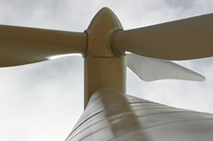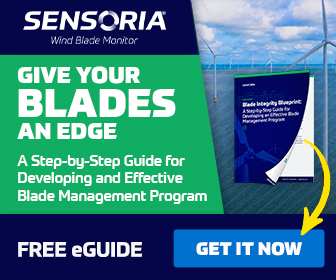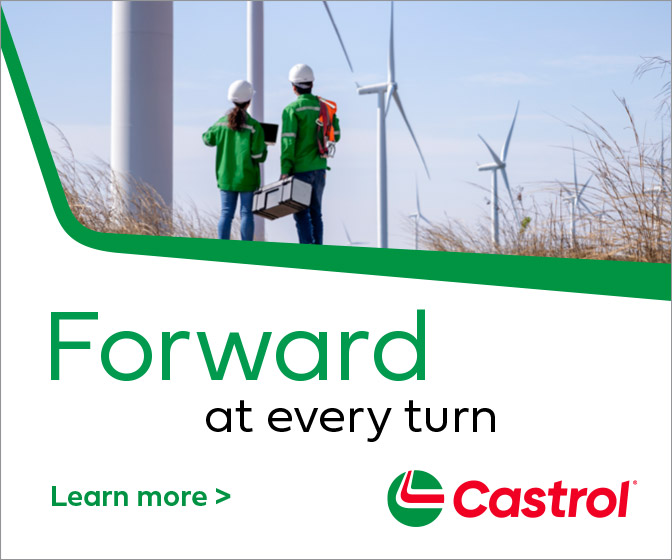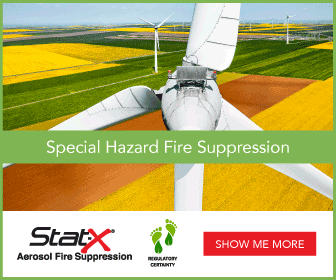Recent Trends in Turbine Supply Contracts
 For professionals in the wind development industry, it’s essential to stay up-to-date with ever-changing turbine supply trends to maintain a competitive advantage in today’s market. These trends, including longer financing terms and impacts of rapidly changing technologies, have made turbine supply negotiations more complex. The following highlights some of the areas in flux likely to impact parties negotiating turbine supply contracts, warranty agreements, as well as operations and maintenance (O&M) agreements in the near term.
For professionals in the wind development industry, it’s essential to stay up-to-date with ever-changing turbine supply trends to maintain a competitive advantage in today’s market. These trends, including longer financing terms and impacts of rapidly changing technologies, have made turbine supply negotiations more complex. The following highlights some of the areas in flux likely to impact parties negotiating turbine supply contracts, warranty agreements, as well as operations and maintenance (O&M) agreements in the near term.
Contract assignment restrictions
Though turbine suppliers have always been wary of assignments by project owners to competitors of the supplier, some turbine suppliers are moving toward even more restrictive positions. Turbine suppliers are extending this restriction to cover not only direct competitors of the turbine supplier, but also any affiliate of a competitor. Additionally, they are increasingly concerned with extending this restriction to financing parties looking to assign the turbine supply agreement as part of their remedial rights under a project financing. These trends can be challenging for owners and financing parties alike. Affiliates of certain turbine manufacturers are active equity investors in the US wind market (and cutting them out reduces resale/investment options), and financing parties are not used to being bound by such restrictions on foreclosure options.
IP escrow agreements
Some turbine suppliers are also seeking to toughen intellectual property escrows in two ways. The first is to lengthen the standstill period after bankruptcy filing. This means owners must wait longer after the commencement of bankruptcy (to allow for a reorganization) to get access to the drawings needed to keep the project running. The second is to require, before an owner can access the escrow, that all turbine supplier affiliates be unable to provide spare parts, as well. This places owners in an difficult position: they may not know what affiliates exist, have no contract or guarantees with such affiliates, and often have the burden of demonstrating these affiliates (many of which are foreign) are incapable of providing spare parts.
Serial defect warranties
Turbine suppliers are increasingly reluctant to provide serial defect warranties, arguing that the combination of a standard equipment warranty and availability warranty offers sufficient protection. Some owners and financing parties have countered, however, that warranties provide comfort serial defects will be fixed before they become a larger problem that impacts revenues.
The periodic calculation of availability (often only once a year) can adversely impact owners in a couple of ways. For one, long calculation periods allow the turbine supplier to cover poor performance from a serial defect during the rest of the period. Therefore, as long as the project averages the guaranteed availability, no damages are owed, but owners and financing parties are still impacted by the revenue that could have been received if proactive measures had been taken. Moreover, even if damages are owed, they are only paid out after the relevant period (i.e. one year or longer) and cash flow and loan repayment may be impacted in the interim.
Sound warranties
Many turbine suppliers increasingly offer only a basic sound warranty, if any, coupled with a disclaimer of any other sound-related liability. Whether done to eliminate local ordinance risk or protect against not-in-my-backyard (NIMBY) claims of nearby property owners, the impact on owners and financing parties is clear—turbine suppliers are avoiding exposure to disputes over the sound levels of their turbines. As a result, owners and financing parties must seek comfort on sound-related NIMBY and ordinance issues through the due diligence and siting process, rather than relying on the turbine supplier sound warranty.
Duration and exclusivity in O&M agreements
Where two- to five-year contracts were once the standard, it’s not uncommon now to see turbine suppliers offering durations of 10 years or more as a way to lock in long-term revenue flow. Many owners (and their financing parties) welcome such arrangements if provided at a reasonable price and accompanied by corresponding warranty extensions. Along with increasing duration, many turbine suppliers require exclusivity provisions in which the owner agrees that the turbine supplier will be the only entity providing operations and maintenance services during the term. Owners and financing parties often struggle, however, with whether it’s a good deal to lock-in one provider for a long duration.
“Phase II” O&M agreements
Some lenders have recently been requiring so-called “Phase II” O&M agreements as a pre-condition to funding. These Phase II agreements essentially lock-in an aftermarket O&M provider to step in and perform services once the turbine supplier leaves, and provides comfort that a capable party will be operating the project for the term of the loan. This trend is far from settled, however. Some owners/lenders are reluctant to allow, let alone require, a Phase II agreement, as they believe the future US market is likely to be increasingly full of capable and inexpensive operators. This is particularly true as most Phase II operators are reluctant to offer termination for convenience provisions and require the same exclusivity provisions mentioned above.
Future trends
While many of the trends discussed in this article are being driven by major turbine suppliers (notwithstanding the challenging market conditions in which they are currently operating), some short-term future trends may be driven by financing parties. As financing terms seem to be lengthening for US wind energy projects, and new turbine products are coming on the market, financing parties are looking to mitigate their exposure to long-term technology risk. As suppliers, owners, and lenders try to balance their competing interests in a rapidly changing market, parties can make turbine supply negotiations more efficient by keeping informed of market trends and drivers.
Joanna Horsnail is a partner in Mayer Brown’s Renewable Energy Industry Group. She advises on design, construction, supply, warranty, O&M, and more for complex development and financing matters, with expertise in the renewable energy sector.
Nate Galer is a senior associate in Mayer Brown’s Renewable Energy Industry Group. He has experience representing lenders, investors, owners, developers, and suppliers in reviewing and preparing a wide variety of wind farm documentation.
Mayer Brown LLP
www.mayerbrown.com
Author: Joanna K Horsnail & Nate Galer
Volume: July/August 2011










.jpg?r=4301)

